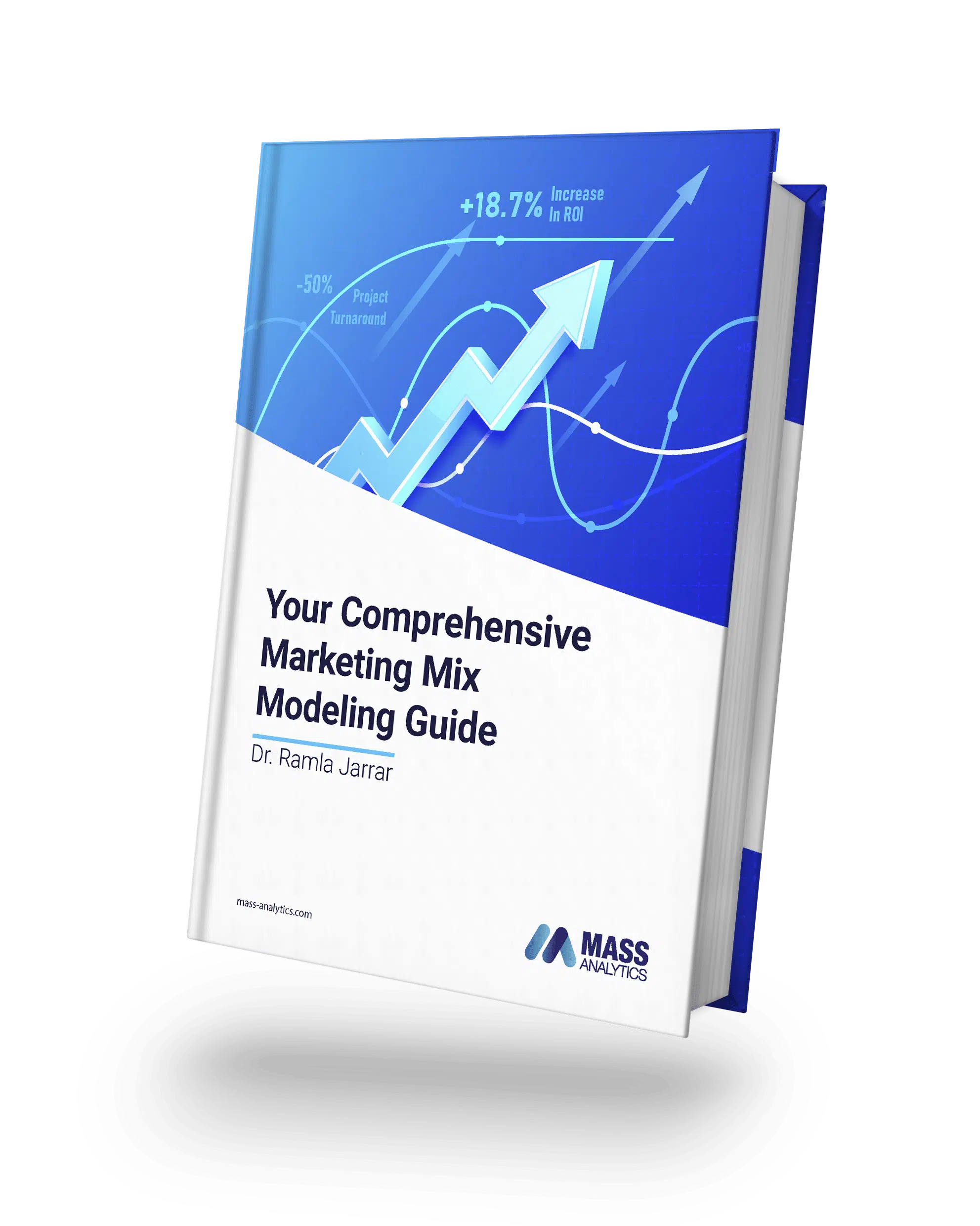Log-linear models are being increasingly adopted by the Marketing Mix Modeling community to better model real-world scenarios and have thus become essential to perform modern MMM.
One drawback of the classic additive model is that it implies a constant slope for each additional unit of the predictor. This assumption is accurate only if the environment is stable and there is no interaction between the explanatory variables. But, to what extent is this assumption realistic?
Importance of Synergy Measurement
Synergy is defined as the interaction of two or more variables resulting in a combined effect greater than the sum of the separate parts. A typical example is Media and promotions synergy where the impact of promotions is expected to be enhanced when the latter is adequately advertised.
Capturing and estimating synergy is crucial for marketing measurement. In fact, media, marketing, seasonal and external factors, which are usually the key ingredients of any Marketing Mix Modeling project, are expected to interact with one another and create synergy.
Marketing measurement has therefore to evolve to take into consideration these interactions and estimate it accurately using multiplicative models as opposed to linear models.
What is a Multiplicative Model?
As the name indicates, the Multiplicative Model is based on the multiplication of the independent variables of the marketing mix resulting in the following model equation:

In fact, the functional representation above is categorizing the variables into two types:
- Relative
- Incremental
For example, Price & Distribution would be modeled as “relative” while various media variable such as TV would be modeled as “incremental.”
In linear models if distribution is zero, then revenue tends to a finite amount contrary to reality where revenue becomes zero.
However, if we apply the zero Distribution scenario with the Multiplicative Model, the outcome is zero. Also, sales tend to infinity if Price, or any relative factor with negative impact, is set to zero. This illustrates the beauty of Multiplicative Models in representing reality in an objective and reliable way and makes them meet the field expectation unlike their simplistic counterpart, linear models.
Challenges Related to Multiplicative Model
For commercial interpretation, Sales still need to be expressed as an aggregation of the variables’ contribution. As the log linear model has a multiplicative form, it will be difficult to separate contributions.
To deal with this difficulty, approximation approaches are used to transform the multiplicative model into a summation. In these approaches, the individual contribution of every variable is clearly distinguished. Yet, this approximation will result in a Decomposition Error Term.
There is no single way to decompose the contribution of each factor generated by the estimation of the Log Linear model. We generally aim to trade off two factors:
- The resulting decomposition errors
- The soundness of the obtained decomposition
Our Proposed Marketing Mix Modeling Solution
At MASS Analytics, we developed our own methodology to estimate multiplicative models allowing to minimize the decomposition error while supplying sound and robust results.
In addition, our proprietary contributions decomposition method is capable to exploit the multiplicative nature of log-linear models to quantify any potential synergy effects (or cross effects) between all the independent variables. These synergy effects can be used to adjust the reported contribution and ROI.
Modeling approach selection is a critical step in any Marketing Mix Modeling project. In fact, the adopted functional approach be it linear or loglinear will determine the type of outcome and the degree of details and flexibility that could be reached. Multiplicative models offer several benefits that should be considered when deciding on the most proper Marketing Mix Modeling approach, amongst which we cite:
- Robustness to extreme boundary conditions (e.g., price or distribution = 0) as described above.
- Ability to model percentage variations in the dependent variable.
- Readily interpret coefficients of variables like “price” as elasticities.
- Accounting for synergy effects.







